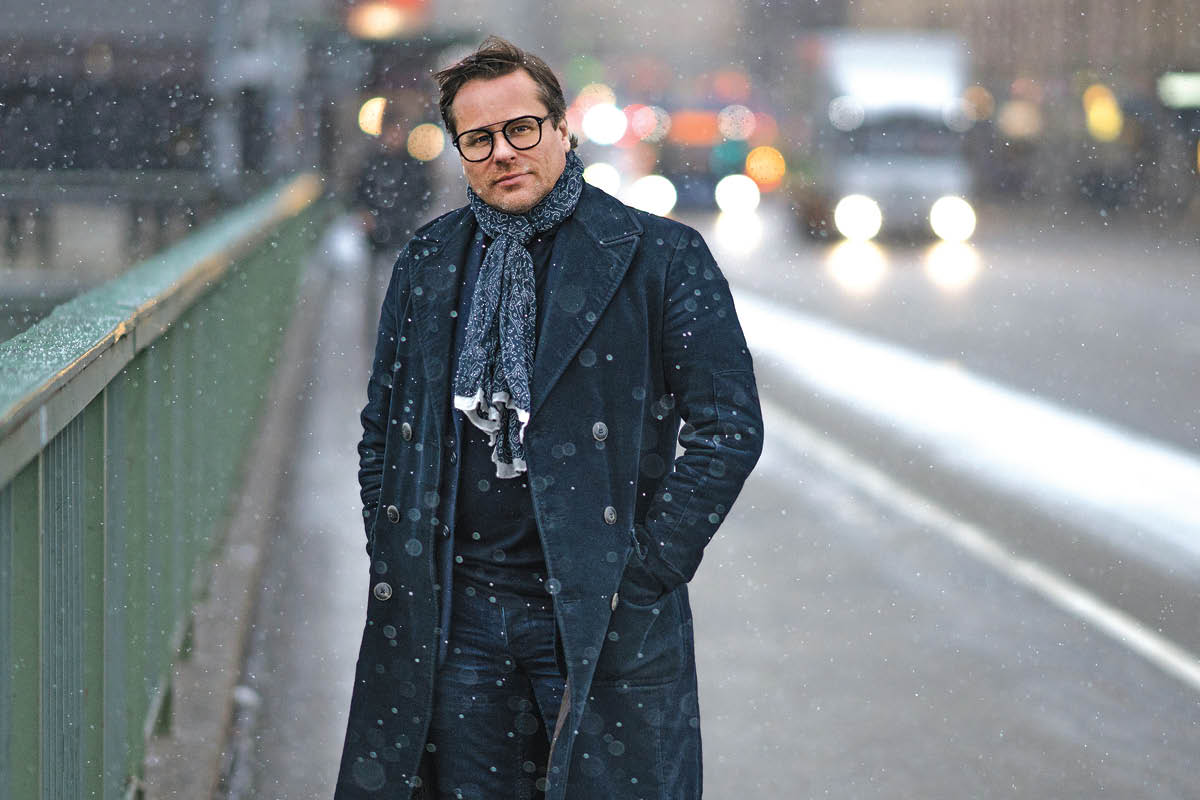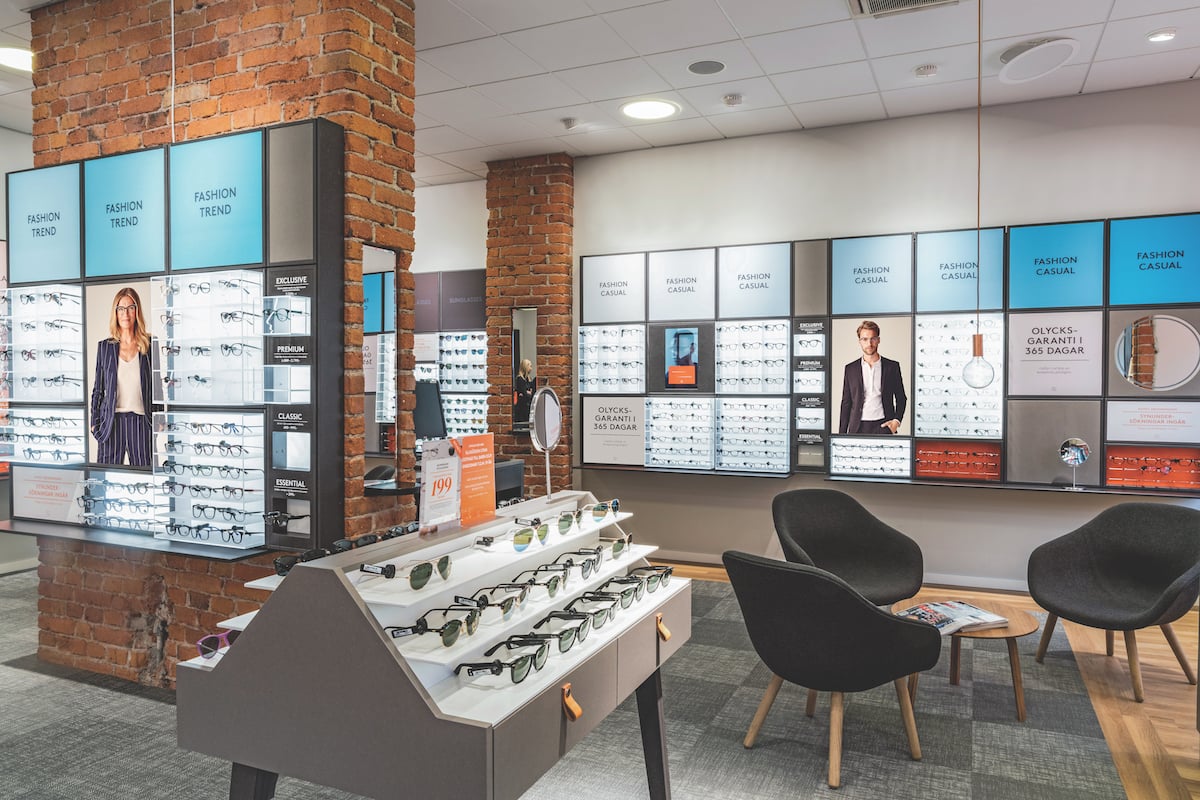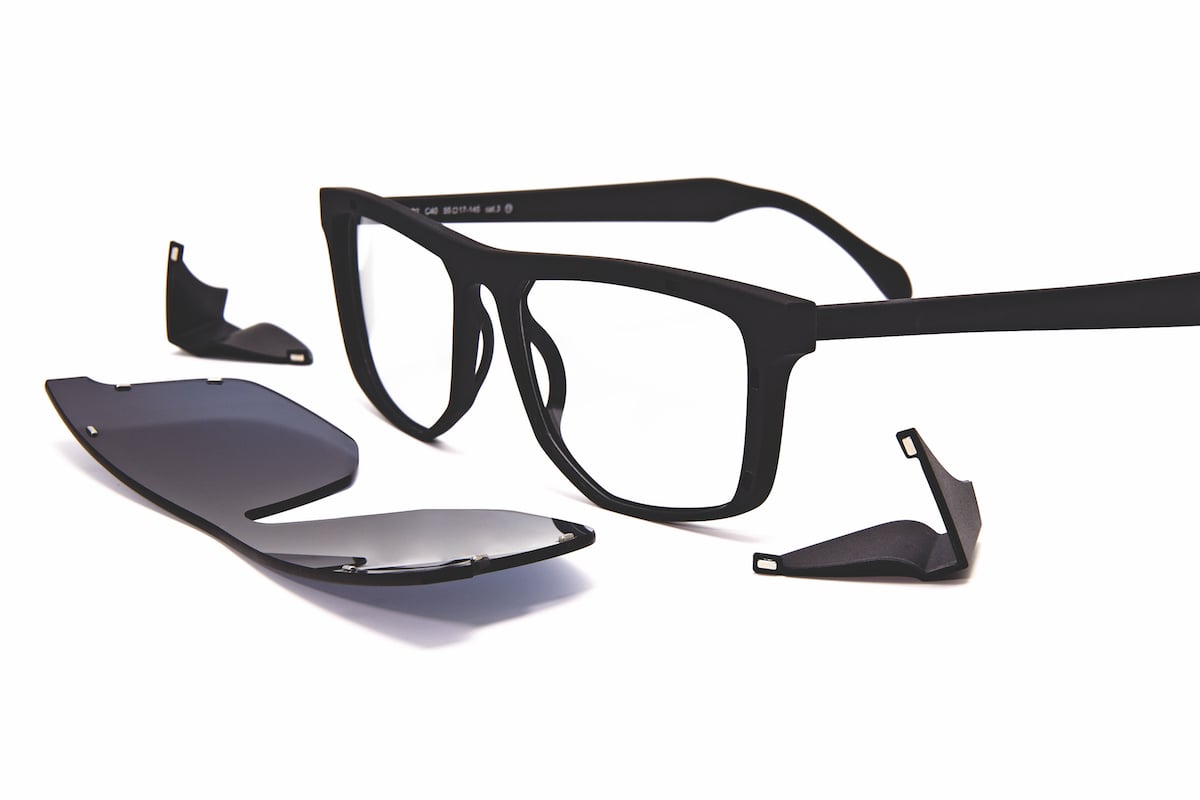When it came to having a vision for the future, Håkan Lundstedt couldn’t be short-sighted. In 2015, as the new President and CEO of optical chain Synsam, he grasped early on that while it may not be welcome, change was desperately needed. His first step was to do his homework. His next, to deal with some startling results.
“I found the industry was not very consumer-oriented,” he explains. “Synsam was more a medically focused service provider, rather than a retail fashion or style player. It was stuck more in the past than looking to the future, operating under more or less the same set up as 30 years ago.

“I launched an extensive fact-finding exercise, visiting stores, mystery shopping, and conducting consumer and employee satisfaction surveys. So, by the time I joined in August 2015, we had a considerable fact base to help me create a vision and a strategy.”
Håkan’s first job was to win back customers. The chain is Sweden’s leading optical retailer, celebrating 50 years of business this year, with 200 stores throughout Sweden and 500 throughout the Nordic region.
“Synsam was losing customers,” Håkan reveals. “The company’s growth was based on opening new stores, but there was a disconnect between the product and the consumer. I discovered a lot of opportunity to change the perception of the brand and inject more of a consumer focus.
“My starting point was to develop a new brand profile and logo, and a new store concept where we presented our stores based on lifestyle, to help the consumer find a frame that suited their style.”
A large part of that strategy was to train staff to identify customer needs, their preferences for colour, shape and materials. Learning that the brand of a frame was mostly immaterial to a customer, that it was more about the style and fit, Synsam created its own range of eyewear.

The latest collection, launched earlier this year, was designed in collaboration with Bernadotte and Kylberg, a global agency spearheaded by Oscar Kylberg and Prince Carl Philip of Sweden’s royal Bernadotte family.
“On the lenses side, to educate the consumer about the difference between glass types, we teamed with Essilor, the most innovative lens producer in the world. There are operators who claim a piece of glass is just a piece of glass, and there is no real difference between the quality of lenses,” Håkan explains. “But there is an enormous difference because each eye is built differently and vision is extremely individual.”
Perhaps the most groundbreaking benefit Synsam introduced to its consumers was its subscription plan. Customers are offered three or more pairs of glasses, including sunglasses and sports goggles, with or without prescription, for a monthly fee with an option to exchange a pair, or lenses, every year.
“Owning things is becoming less relevant for consumers while the value of service is becoming more important,” Håkan says. “Our subscription gives our customers the opportunity to have more than one pair of glasses available for all their different needs.”
”Owning things is becoming less relevant for consumers while the value of service is becoming more important.”
Håkan admits his ideas were met with some resistance, not unexpected in the Nordic culture where stability and constraint are preferred. But determined to push through,
he sought a fresh perspective.

“It’s human nature to regard the unknown as much more frightening than the known, particularly in an industry that hasn’t evolved,” he says. “So, I brought in people with experience in other retail areas, leaders with different backgrounds and personalities who were open to new ideas. Over time, we had more and more people in leadership positions onboard with our new strategy.”
Håkan believes Synsam’s new and relentless focus on putting the customer first and using technology to evolve gives it a competitive edge over other optical retailers.
“It’s being humble enough to say that our customers drive our business and we cannot develop Synsam if we are not meeting their needs. We now have a team of people who do that, who excel at generating ideas and developing new concepts. For example, we’re not going to be the only company offering a subscription for long, someone can copy that idea, so we need to get to the next thing.”


